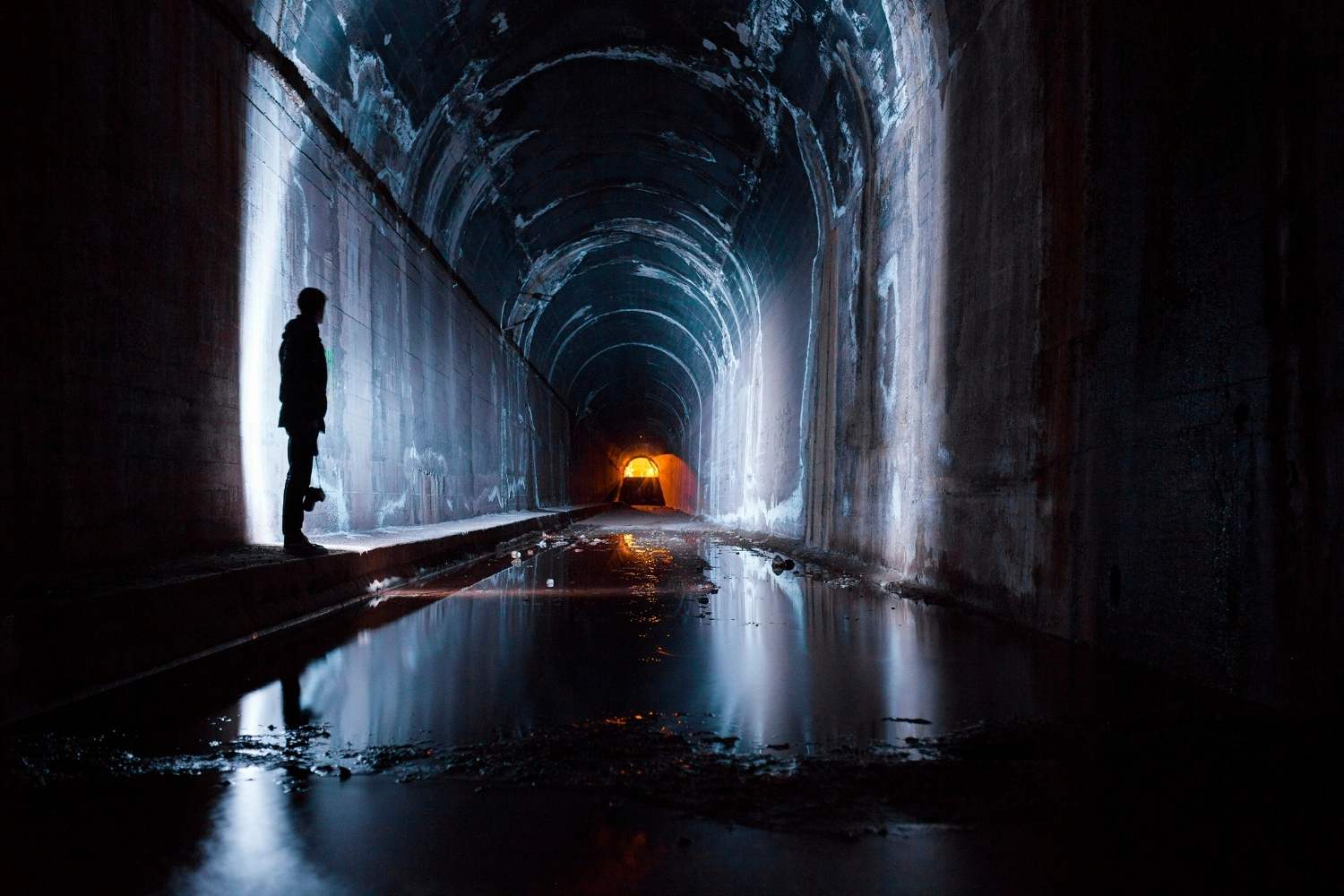Hidden Underground Tunnels Of Detroit

Have you ever wondered about the hidden secrets beneath Detroit's streets? The underground tunnels of Detroit hold a fascinating history that many residents and visitors might not know. These tunnels, built in the early 20th century, were initially used for transporting coal to heat buildings. Over time, they evolved into a network connecting various parts of the city. Today, they serve different purposes, from storage to secret passageways. Exploring these tunnels offers a unique glimpse into Detroit's past, revealing stories of innovation, resilience, and mystery. Ready to learn more about what lies beneath this iconic city? Let's dig in!
Hidden Underground Tunnels Of Detroit
Detroit, known for its rich automotive history, has a lesser-known side—its hidden underground tunnels. These tunnels, often shrouded in mystery, offer a glimpse into the city's past. Let's explore some of these fascinating subterranean passages.
Detroit Salt Mine
Beneath the bustling streets lies a vast network of tunnels known as the Detroit Salt Mine. This mine, operational since the early 20th century, stretches for miles and offers a unique look at the city's industrial roots.
- Detroit Salt Mine: Located 1,200 feet below the surface, this mine spans over 1,500 acres. Workers extract salt used for road de-icing, making it an essential part of Detroit's infrastructure.
Michigan Central Station Tunnels
The Michigan Central Station, an iconic building in Detroit, has a series of tunnels beneath it. These tunnels once played a crucial role in the station's operations.
- Michigan Central Station Tunnels: These passages connected the station to various parts of the city, facilitating the movement of goods and passengers. Though now abandoned, they remain a testament to Detroit's vibrant past.
Detroit-Windsor Tunnel
Connecting Detroit to Windsor, Canada, this tunnel is a marvel of engineering. It serves as a vital link between the two cities, both economically and culturally.
- Detroit-Windsor Tunnel: Opened in 1930, this tunnel stretches 5,160 feet and allows for the seamless flow of traffic between the U.S. and Canada. It's one of the few international underwater tunnels in the world.
Cass Corridor Tunnels
The Cass Corridor, known for its artistic and cultural significance, also hides a network of tunnels. These tunnels have a storied history, often linked to Prohibition-era activities.
- Cass Corridor Tunnels: Rumored to have been used by bootleggers, these tunnels provided a secretive means of transporting illegal alcohol. Today, they add to the area's mystique and allure.
Fort Wayne Tunnels
Historic Fort Wayne, a military fortification, has a series of tunnels beneath it. These tunnels were crucial for the fort's defense and operations.
- Fort Wayne Tunnels: Built in the 1840s, these tunnels allowed soldiers to move undetected and store supplies. They offer a fascinating glimpse into military strategies of the past.
Guardian Building Tunnels
The Guardian Building, an architectural gem, also has hidden tunnels. These tunnels were used for various purposes, including safe passage and storage.
- Guardian Building Tunnels: Constructed in the late 1920s, these tunnels connected different parts of the building, ensuring secure and efficient operations. They reflect the building's importance in Detroit's financial history.
Belle Isle Tunnels
Belle Isle, a beautiful island park, has its own set of tunnels. These tunnels were part of the island's infrastructure, supporting various activities.
- Belle Isle Tunnels: Used for maintenance and utilities, these tunnels helped keep the island running smoothly. They highlight the ingenuity behind Detroit's urban planning.
Detroit Public Library Tunnels
The Detroit Public Library, a hub of knowledge, has tunnels that were essential for its functioning. These tunnels facilitated the movement of books and materials.
- Detroit Public Library Tunnels: Connecting different sections of the library, these tunnels ensured that resources were easily accessible. They underscore the library's role in promoting education and literacy.
Packard Plant Tunnels
The Packard Plant, once a symbol of Detroit's automotive prowess, has a network of tunnels beneath it. These tunnels were integral to the plant's operations.
- Packard Plant Tunnels: Used for transporting parts and materials, these tunnels helped streamline production. They stand as a reminder of Detroit's industrial heritage.
Detroit Masonic Temple Tunnels
The Detroit Masonic Temple, a grand structure, has hidden tunnels that add to its mystique. These tunnels were used for various ceremonial and practical purposes.
- Detroit Masonic Temple Tunnels: These passages connected different parts of the temple, allowing for discreet movement. They contribute to the building's enigmatic charm.
Hidden Gems Beneath Detroit
Detroit's underground tunnels offer a fascinating glimpse into the city's past. These hidden pathways, once bustling with activity, now stand as silent witnesses to history. Exploring these tunnels reveals stories of Prohibition-era speakeasies, secret transportation routes, and even rumored ghost sightings.
For history buffs and adventure seekers alike, the tunnels provide a unique way to connect with Detroit's rich heritage. While some areas remain off-limits, guided tours offer safe and informative access to many parts of this subterranean world.
Whether you're a local or a visitor, diving into the underground tunnels of Detroit is an experience you won't forget. It’s a chance to see a different side of the city, one that’s hidden from the everyday hustle and bustle above ground. So next time you're in Detroit, don't miss the opportunity to explore these hidden gems.

